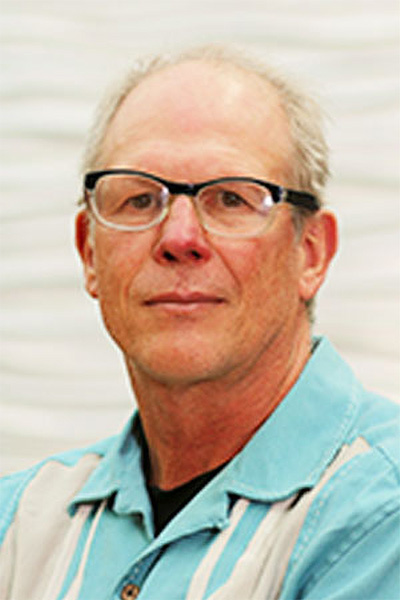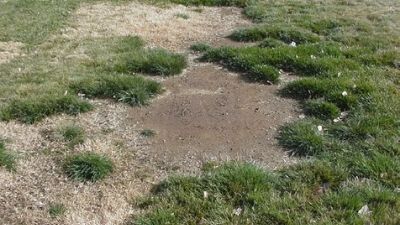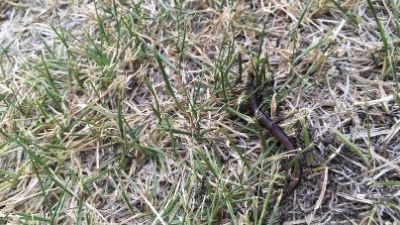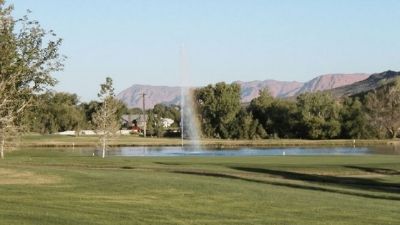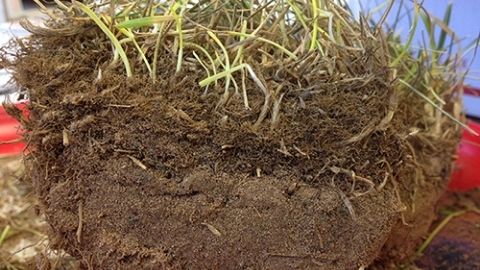Is Your Lawn Dead or Dormant?
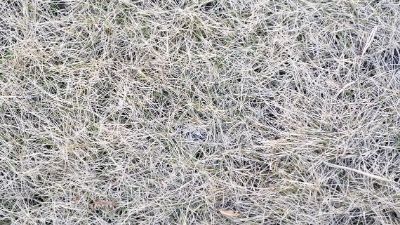
Don’t start performing funeral rights on your brown grass. It most likely is not dead, just dormant.
It’s normal for the grasses that are traditionally grown in Utah to struggle with the heat and drought we are experiencing now, says Kelly Kopp, Utah State University Extension water conservation and turf grass specialist. You may be seeing brown or golden patches forming in your lawn right now. Fortunately, these grasses have the capability to recover from these extreme weather conditions. Usually when the grass appears to be dead at this time of year, it is only dormant.
Dormancy is the physiological process that grasses use to protect themselves from heat and drought, Kopp says. This state is characterized by a complete cessation of growth along with brown or dead grass blades. The grass blades are not as much of a concern, however, as the crown of the grass plant.
By entering dormancy, grasses are really protecting their crowns for future recovery, she says. The crown is at the soil surface and it is the point from which the grass blades grow up and the roots grow down. As long as the crown remains alive, the grass has the capability to recover once temperature and moisture conditions improve.
Recognize that when heat and drought reach a certain level, there is no amount of water that is going to coax the grass out of dormancy, Kopp explains. However, as temperatures drop and moisture increases, the grass will recover naturally.
Completely giving up on grass irrigation is not recommended, she says. You may, however, cut back to a minimal amount that will help keep the crowns of the grass plants alive. This amount of irrigation is known as “survival watering” because while it will not keep the grass from entering dormancy, it will help the grass crowns survive and recover. For the coolseason grasses that are traditionally grown in Utah, this irrigation amount can be as little as one inch of water per month.
Dormancy is a protective process that grass plants use to survive harsh climatic conditions, Kopp says. It is not to be feared or avoided at all costs. Instead, be patient and recognize that the grass will recover in the fall.
Authors
Dennis Hinkamp
Related Research


